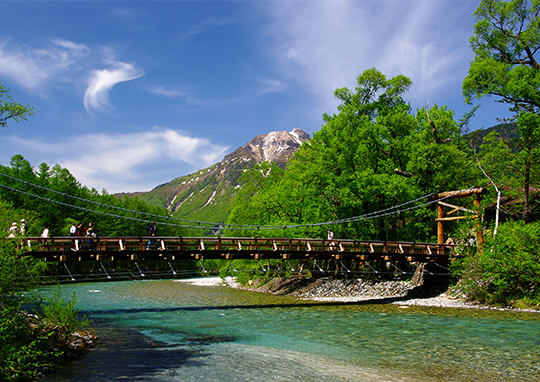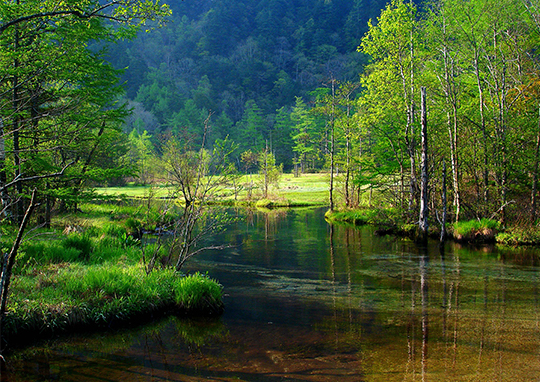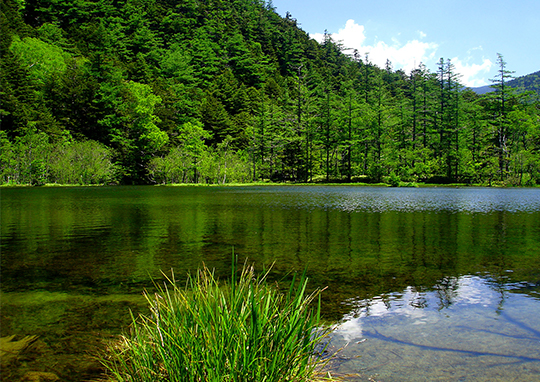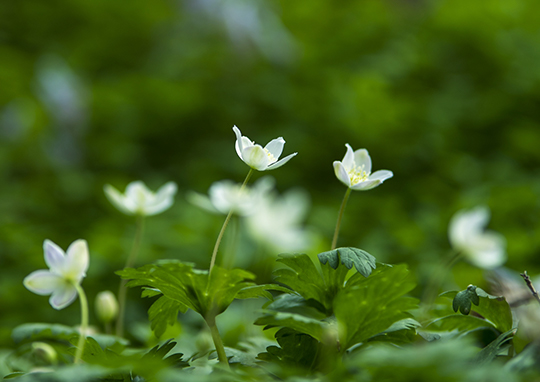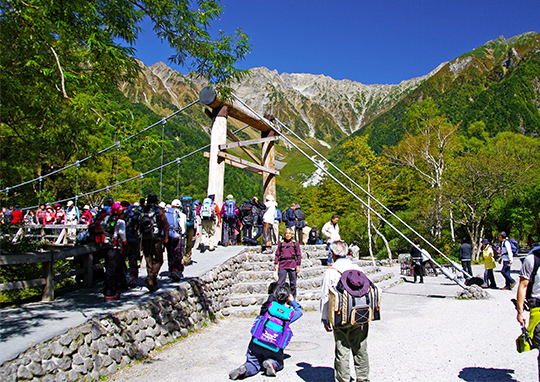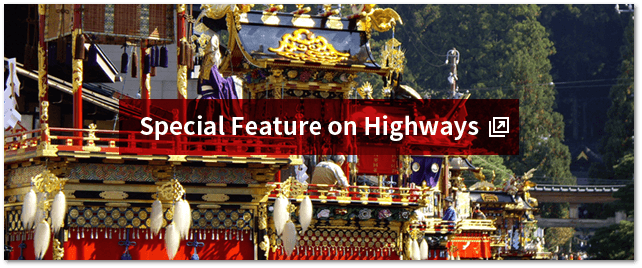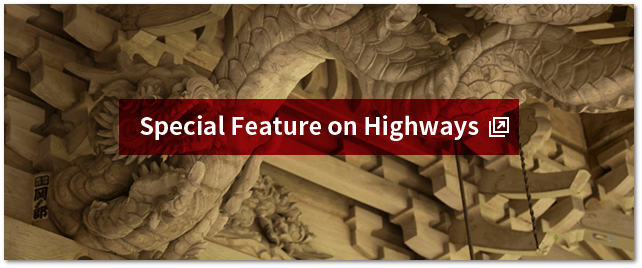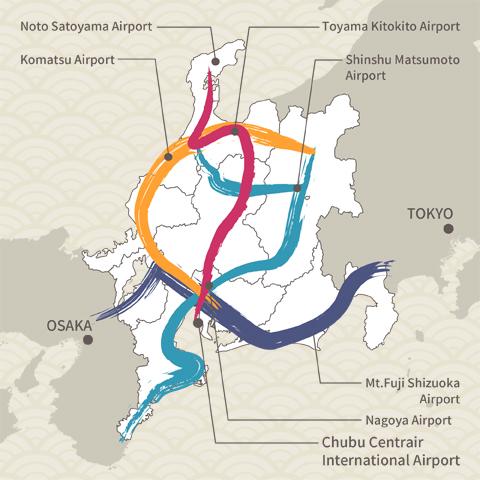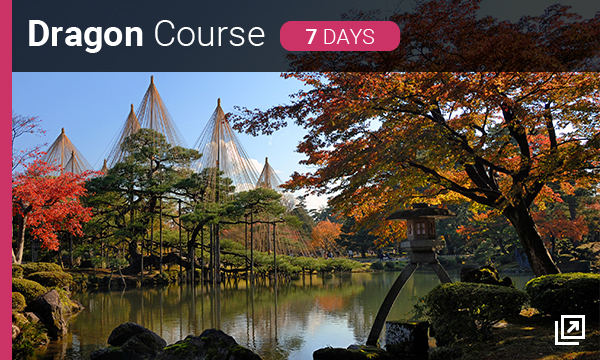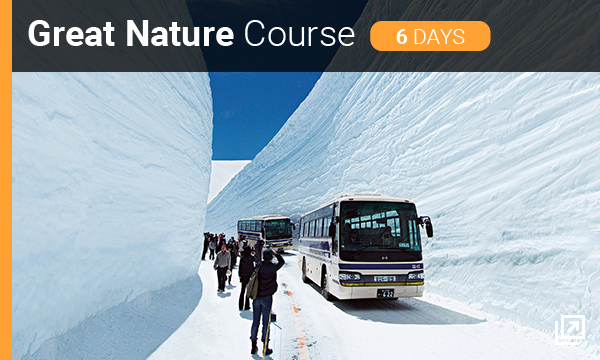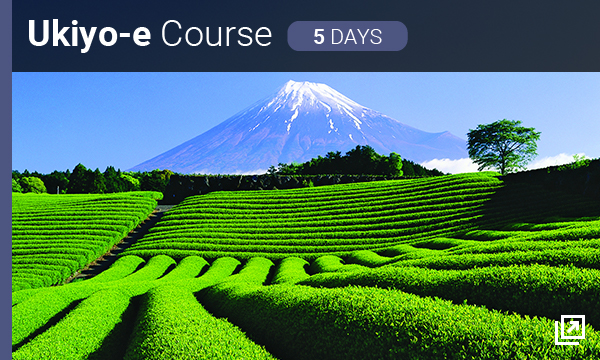Kamikochi


Recommended activities and seasons


Enjoy Natural Scenery:Mountainous scenery / Valley
Get Some Exercise:Trekking

Spring / Summer / Autumn
Kamikochi: A scenic area that symbolizes Japan.
Kamikochi, a scenic area among mountains at an elevation of 1500 meters, is a mountain resort that symbolizes Japan. The gorgeous surroundings, from the beautiful slopes of the Hotaka Mountains to the clear flow of the Azusa River, ponds small and large, and the trees of the deep forest, appeal to all of the five senses. A particular charm of the area is the variety of ways in which visitors can enjoy their time surrounded by nature, from trekking to full-scale mountain-climbing, from easy day trips to long-term overnight stays.
If there is one place that could be called the symbol of Kamikochi, it would be Kappabashi, a wooden suspension bridge over the Azusa River. It is the perfect spot from which to gaze upon the beautiful river, as well as to take in the view of the Hotaka Mountains and nearby Mount Yakedake.
There’s no end to the sights to be seen in Kamikochi! Taisho Pond, whose still surface reflects the magnificent profile of the Hotaka Mountains, was formed when a massive mud flow from an eruption of Mount Yakedake dammed up the Azusa River. The trees that were submerged as a result withered in place, creating an otherworldly scene. Tashiro Pond is a shallow, marshy pond on a grassy plain surrounded by old growth forest. The scenery of Kamikochi enchants visitors throughout the four seasons, from the fresh verdure of spring and the Nikko day lilies and lingonberry blossoms that bloom in the summer, to the hoarfrost of late autumn.
A sacred place for nature, cradled among the Hotaka Mountains.
An hour’s walk upstream along the Azusa River from Kappabashi brings you to Myojin Pond, which actually comprises two ponds. Hotaka Shrine is situated on one side of the pond, rendering the whole area sacred. Large rocks are arranged in middle of the pond, and the still, transparent surface of the water reflects the greenery of kuma bamboo grass and chosenias. Nearby Mount Myojin dominates the view, creating a mood that can only be called mystical.
Heading farther upstream from Myojin Pond, one comes to Tokusawa, a bright, open grassy plain that was formerly a pasture. In May, white clusters of anemones are in bloom, combining with the surrounding greenery to create a rich natural atmosphere. This is the perfect spot for trekking and camping within view of the magnificent Hotaka Mountains.
In order to protect the precious natural environment of Kamikochi, access by private car is prohibited. Park your car in the parking lot at Sawando or Hirayu, then travel to Kamikochi by bus or taxi. Restaurants and hotels are mostly located around the bus terminal and the Kappabashi, where tourists gather in large numbers.
Kamikochi
Address |
Azumikamikochi, Matsumoto, Nagano Prefecture |
Hours |
Kamikochi Information Center 8:00 am to 5:00 pm |
Closed |
Nov. 16 – Apr. 27 |
Cost |
Free of charge |
Phone |
Kamikochi Information Center 0263-95-2433 |
Access |
By Alpico Kotsu Route Bus from Matsumoto Dentetsu Kamikochi Line Shin-Shimashima Sta. to Kamikochi, about 80 min |
Web site |
http://www.kamikochi.or.jp/ |


Other Spots

-

Kurobe Gorge

Toyama

Natural Scenery
Onsen
Exercise
Spring
Summer
Autumn
-
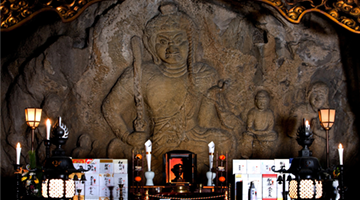
Oiwasan Nissekiji Temple

Toyama

Natural Scenery
History and Traditions
Onsen
Spring
Summer
Autumn
-
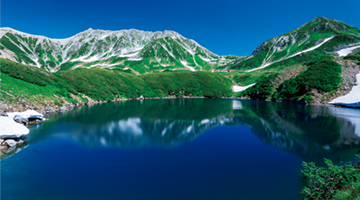
Tateyama Kurobe Alpine Route

Toyama

Natural Scenery
History and Traditions
Onsen
Exercise
Spring
Summer
Autumn
-
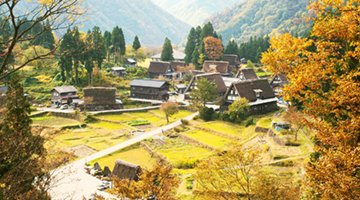
Gokayama

Toyama

History and Traditions
Spring
Summer
Autumn
Winter
-

Shirayama Hime Shrine

Ishikawa

Natural Scenery
History and Traditions
Exercise
Spring
Summer
Autumn
Winter
-
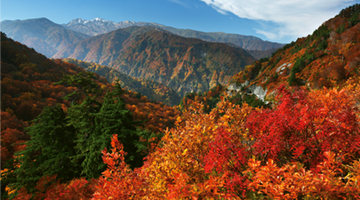
Hakusan Shirakawa-go White Road

Ishikawa

Natural Scenery
Exercise
Spring
Summer
Autumn
-
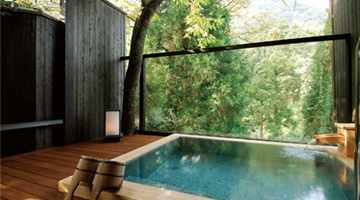
Kaga Hot Spring Village

Ishikawa

Onsen
Spring
Summer
Autumn
Winter
-

Eiheiji Temple

Fukui

History and Traditions
Spring
Summer
Autumn
Winter
-
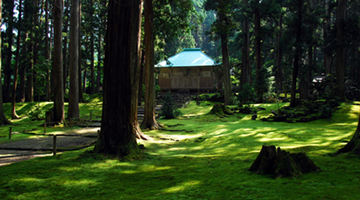
Hakusan Heisenji Shrine

Fukui

History and Traditions
Exercise
Spring
Summer
Autumn
-
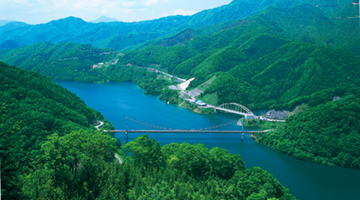
Lake Kuzuryu

Fukui

Natural Scenery
Spring
Summer
Autumn
-
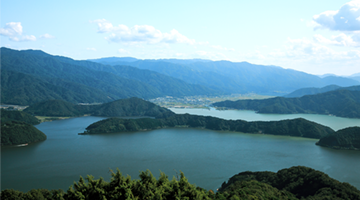
Rainbow Line Summit Park

Fukui

Natural Scenery
Exercise
Spring
Summer
Autumn
Winter
-
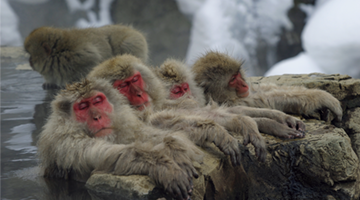
Jigokudani Yaen-Koen

Nagano

Natural Scenery
Spring
Summer
Autumn
Winter
-
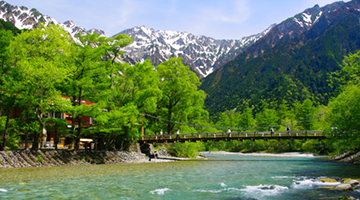
Kamikochi

Nagano

Natural Scenery
Exercise
Spring
Summer
Autumn
-

Togakushi Kodo

Nagano

Natural Scenery
History and Traditions
Exercise
Spring
Summer
Autumn
Winter
-
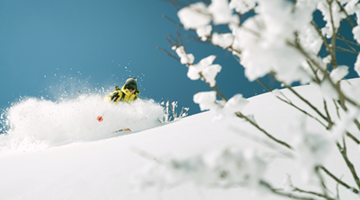
HAKUBA VALLEY

Nagano
-

Heavens Sonohara

Nagano

Natural Scenery
Exercise
Spring
Summer
Autumn
Winter
-

Akasawa Natural Recreational Forest

Nagano

Natural Scenery
Exercise
Spring
Summer
Autumn
-
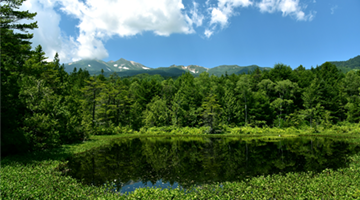
Norikura Highlands

Nagano

Natural Scenery
Onsen
Exercise
Spring
Summer
Autumn
Winter
-
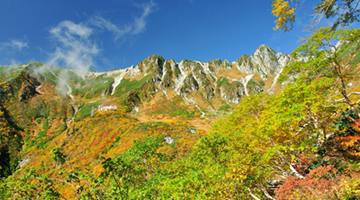
Senjojiki Cirque

Nagano

Natural Scenery
Exercise
Spring
Summer
Autumn
Winter
-
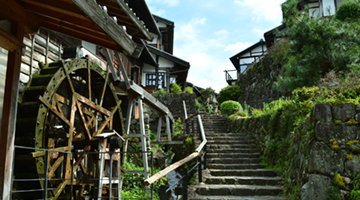
Magome-juku

Gifu

Natural Scenery
History and Traditions
Exercise
Spring
Summer
Autumn
Winter
-

The Waterfalls of Osaka

Gifu

Natural Scenery
Exercise
Spring
Summer
Autumn
Winter
-
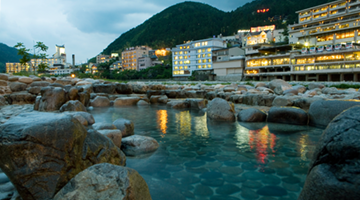
Gero Onsen

Gifu

Onsen
Spring
Summer
Autumn
Winter
-
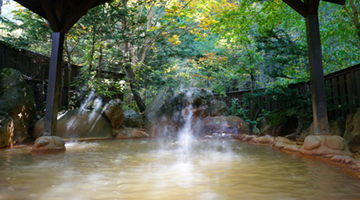
Okuhida Hot Spring Village

Gifu

Onsen
Spring
Summer
Autumn
Winter
-

Shinhotaka Ropeway

Gifu

Natural Scenery
Onsen
Exercise
Spring
Summer
Autumn
Winter
-
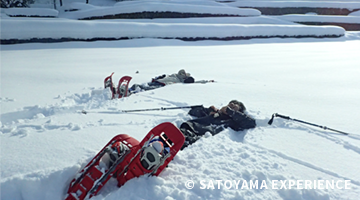
SATOYAMA EXPERIENCE

Gifu

Natural Scenery
Exercise
Spring
Summer
Autumn
Winter
-

Yoro Park

Gifu

Natural Scenery
Exercise
Spring
Summer
Autumn
Winter
-
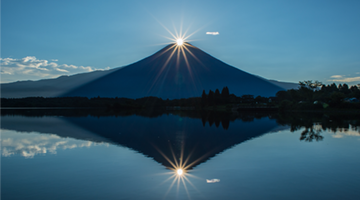
Mount Fuji

Shizuoka

Natural Scenery
History and Traditions
Exercise
Spring
Summer
Autumn
Winter
-
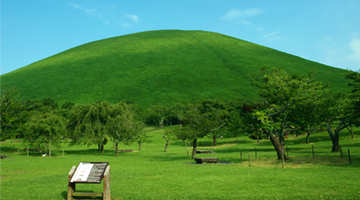
Izu Peninsula Geopark

Shizuoka

Natural Scenery
Exercise
Spring
Summer
Autumn
Winter
-
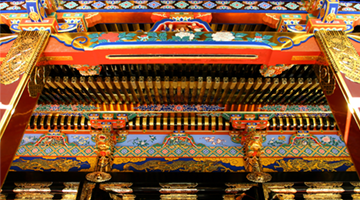
Kunozan Toshogu Shrine

Shizuoka

History and Traditions
Spring
Summer
Autumn
Winter
-
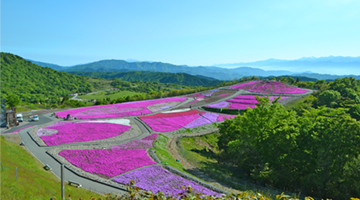
Chausuyama Highlands

Aichi

Natural Scenery
Exercise
Spring
Summer
Autumn
Winter
-
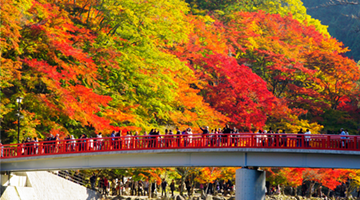
Korankei Gorge

Aichi

Natural Scenery
Exercise
Spring
Summer
Autumn
-
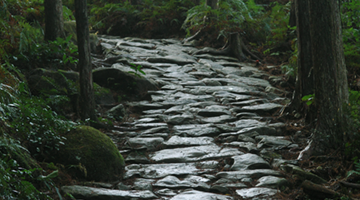
Kumano Kodo Pilgrimage Routes

Mie

Natural Scenery
History and Traditions
Exercise
Spring
Summer
Autumn
Winter
-

Mount Asama

Mie

Natural Scenery
History and Traditions
Exercise
Spring
Summer
Autumn
-
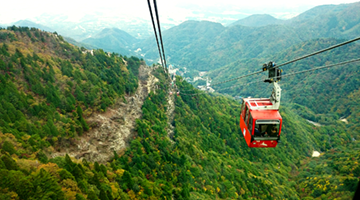
Mount Gozaisho

Mie

Natural Scenery
Exercise
Spring
Summer
Autumn
Winter
-
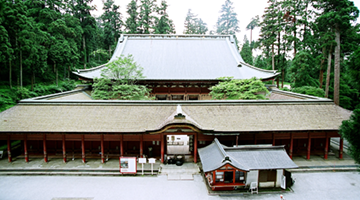
Enryakuji Temple on Mount Hiei

Shiga

History and Traditions
Spring
Summer
Autumn
Winter
-
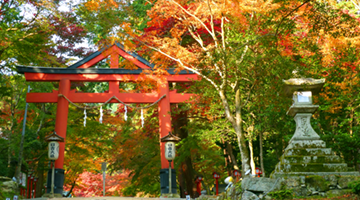
Hiyoshi Taisha Shrine

Shiga

History and Traditions
Spring
Summer
Autumn
Winter
-
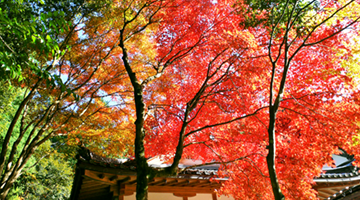
Kotosanzan

Shiga

History and Traditions
Spring
Summer
Autumn
Winter

See Other Routes

The Four Shoryudo Routes
















